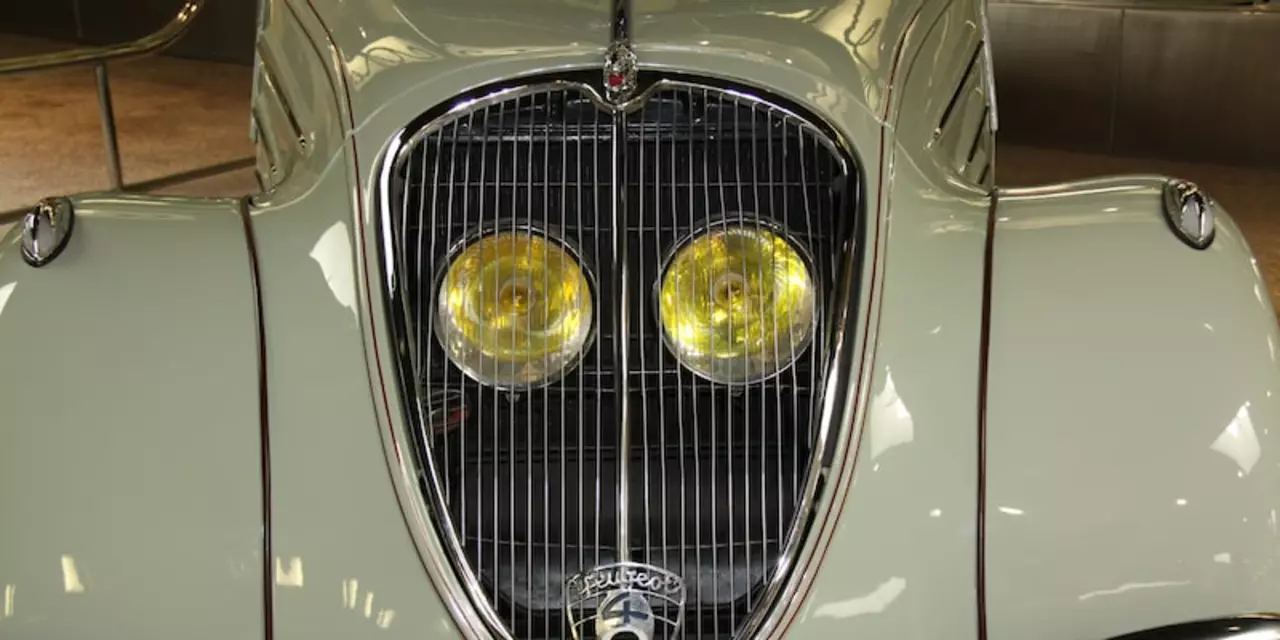Car Radiator Basics for German Sports Cars
If you own a Porsche, BMW, Mercedes‑Benz or any high‑rev German sports car, the radiator is the heart of your cooling system. When it works right, your engine stays in the sweet spot; when it fails, you’re looking at overheating, loss of power, and expensive repairs. This guide breaks down what a radiator does, how to tell when it’s going bad, and what to look for when you need a new one.
Why a Good Radiator Matters
German engines push a lot of heat because they aim for high output at high RPMs. The radiator’s job is simple: take hot coolant from the engine, dump the heat into the air, and send cooled liquid back. If the radiator can’t keep up, the temperature gauge will climb fast, and you may see steam or a warning light. Overheating can warp the cylinder head, crack the engine block, or melt the gasket—costs that run into thousands.
Aside from preventing damage, a well‑designed radiator helps maintain consistent performance. You’ll notice smoother power delivery, stable fuel consumption, and less wear on other components like the turbocharger. That’s why enthusiasts often swap stock units for aluminum or copper‑core radiators that move more air and shed heat quicker.
Choosing the Right Radiator
When shopping for a replacement, start with the exact make and model. German manufacturers use specific fittings, hose sizes, and pressure ratings, so a mismatch can cause leaks or airflow problems. Look for these key features:
- Core material: Aluminum offers light weight and excellent heat transfer; copper‑brass cores are rugged but heavier.
- Tube layout: More tubes mean more surface area. Performance radiators often have a multi‑pass design that forces coolant to flow back and forth.
- Fin density: Fine fins improve cooling but can clog with dust. Choose a balance that fits your driving environment.
- Mounting style: Some upgrades use a direct‑bolt kit, while others need brackets. Make sure the kit includes everything you need.
Don’t forget the supporting parts. New radiator hoses, clamps, and coolant flushes are cheap insurance that the new unit will work flawlessly. And always fill with the correct coolant mix – most German cars require a specific phosphated coolant for corrosion protection.
If you’re not comfortable swapping the radiator yourself, a certified specialist will do a pressure test, check for leaks, and verify that the fan and thermostat are in good shape. A proper install can add 10–15 % more cooling capacity, which is a noticeable benefit on track days or hot summer drives.
Bottom line: the radiator isn’t a throw‑away part. Treat it like a performance upgrade, pick the right material, and keep the supporting hardware fresh. Your German sports car will thank you with smoother runs, better reliability, and fewer trips to the mechanic.

